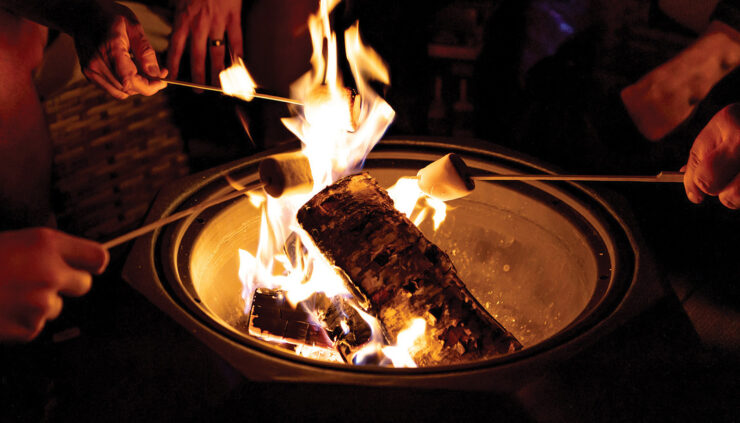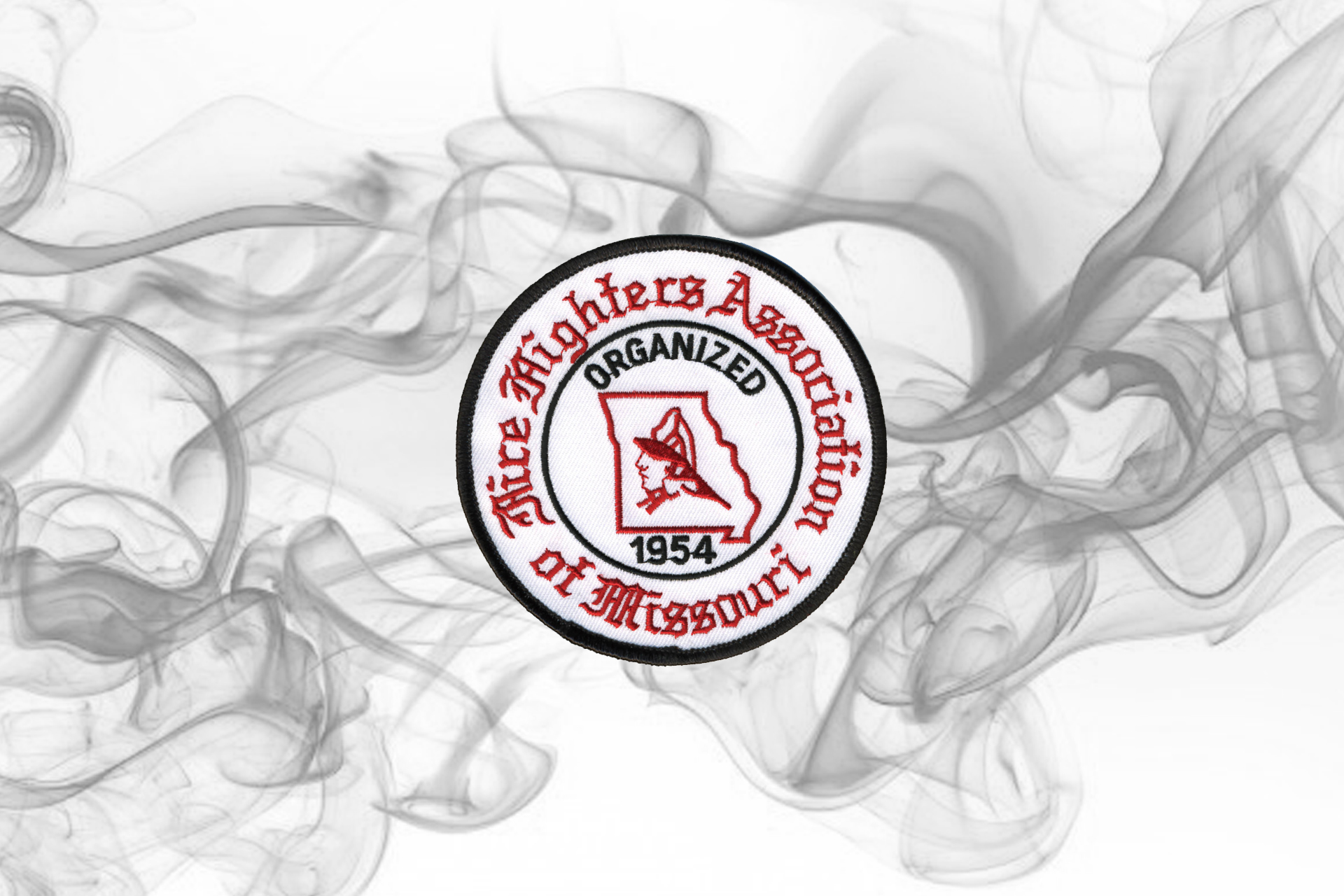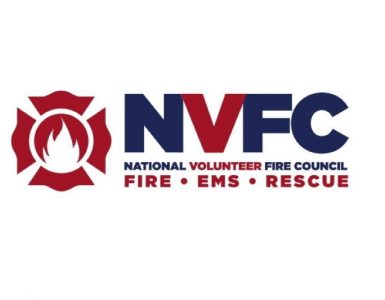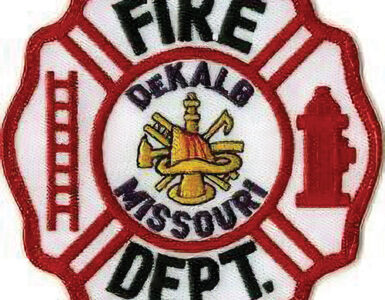Greetings from the east side of the state. I hope everyone is doing well. Mother Nature has given us some winter weather as I write this article. We may get another round of winter delight. This will be my last article as the chairperson of the Fire Prevention Committee. Andrew Caldwell from Boles Fire Protection District has been appointed and approved to serve as the chairperson. I hope I fulfilled the position to the members, and I know Andrew will do a great job, so congratulations Andrew!
As a reminder, the fire prevention posters are due before the start of the convention which will be in Washington May 6-8. The posters will be judged by the Auxiliary so turn the posters into the Auxiliary booth at the convention. Also, when you turn in your winning posters, they need to have all the contact information on the back and the posters are of the size as listed in the rules and regulations. If not, they will not be judged. Rules and the poster label are available on our website. The winners will be contacted and invited to attend the Missouri State Fair and receive their prize money, admission tickets to the fair, tickets to the midway, and have lunch or supper with the State Fair Volunteer Fire Department, along with their immediate family.
Now for some fire tips
It’s easy to associate at-home fire protection with the colder months with the use of space heaters, fireplaces, decorative candles, and tangled strings of holiday lights. But just because we’re less inclined to turn the heat on doesn’t mean we shouldn’t still be vigilant when it comes to protecting ourselves and our property from fire hazards. As you transition from sweaters to shorts, deep fryers to grills, and indoor holiday parties to backyard barbecues, keep an eye on these areas:
Grills
Fire is unavoidable when it comes to preparing the perfect kabob or rack of ribs on the grill, which means you’ve got some inherent risks right from the get-go. In fact, the NFPA reports that an average of 8,900 home fires are caused by grilling each year. Here are some fire safety tips for the grill. While the meat is marinating, be sure to check each potentially problematic point of the grill including the propane tank, the hose, and all connecting points. Charcoal should be soaked with charcoal starter fluid only, so don’t let the pyro-happy Boy Scout in your family go anywhere near the grill with a container of lighter fluid, no matter how cool he swears it will be! Make sure the grill is clean failing to clean the grill before and after use is a contributing factor in nearly 20% of all grill structure fires. Make sure the grill is set up in an open, outdoor area with nothing flammable (plants, paper, etc.) nearby.
Outdoor Fire Pits
The necessary safety precautions for an outdoor fire pit (s’mores, anybody?) are much the same as for a grill, plus a few others. Never leave young children unattended near a fire in the pit. Fill a bucket with water and set it next to the pit before you even begin building the fire. Avoid throwing leaves, pinecones, pine needles and paper into the fire. They catch fire quickly and can result in dangerous floating embers. Unless there’s an emergency, avoid dumping the entire bucket of water on the fire to put it out. Instead, spread the pieces of fuel as far apart as possible and gently sprinkle water over them until there are no more glowing embers. This prevents the scattering of embers and a thick cloud of smoke. Toast your marshmallows over the embers rather than the flames. This not only gives them that perfect golden crust but prevents them from catching on fire.
Chimneys
As cozy as it was in January and February, come April and May chances are you’ll be less inclined to build a fire in the living room fireplace. As easy as it is to just scoop out the ashes, close it up, and forget about it until November, go ahead and have the chimney inspected as part of your spring-cleaning effort. The NFPA recommends having a chimney inspected and thoroughly cleaned at least once a year anyway and getting it out of the way this time of year often means ridding it of buildup that would only cause more damage if it hung around until the fall. Plus, chimney technicians will be more likely to have flexible schedules in the springtime.
Smoke Alarms
You knew this one was coming, right? The batteries should be changed once a year, anyway, so just go ahead and roll it into your spring-cleaning ritual. As the spring and summer days progress, don’t forget to test the smoke alarms (there should be at least one on every floor of the house) each month.
Dryers
If you’re lucky enough to have the space for a clothesline, consider drying your clothes and linens outside during these lovely warm months—is there anything better than the smell of freshly-laundered sheets after they’ve been dried by a soft spring breeze? If that’s not an option, keep in mind that the leading cause of clothes dryer-related fires is a failure to keep them clean. Scooping out the lint basket takes about 12 seconds, so be sure to clear it out every time you throw a load in. The NFPA also recommends cleaning out the vent pipe at least once a year, so might as well add that to the spring-cleaning list, too.
We hope that you found these tips helpful Happy Spring!


































